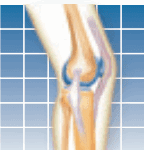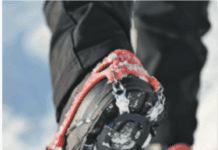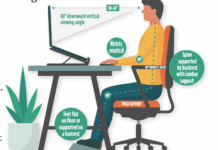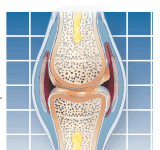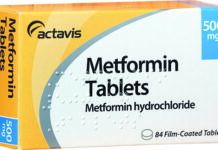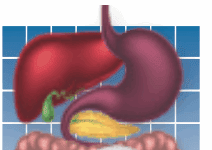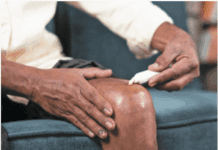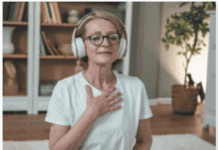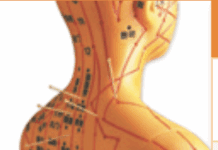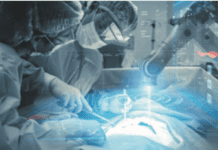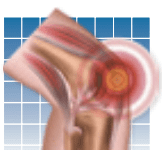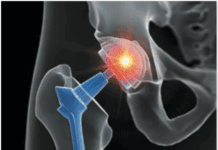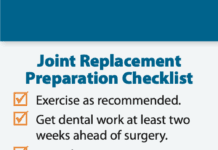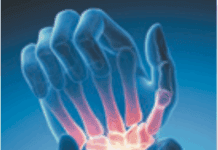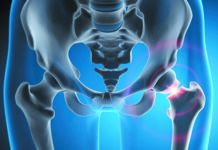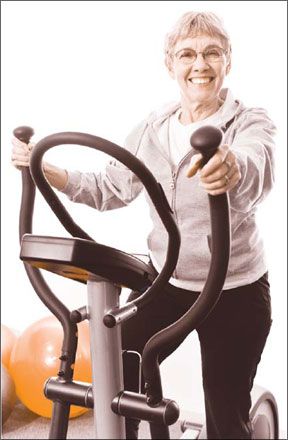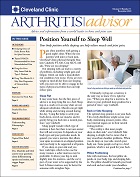When it comes to remaining active and staying strong and flexible, "age and arthritis arent obstacles," says Gary Calabrese, PT, Director of Cleveland Clinic Sports Health and Orthopaedic Rehabilitation. "Regular physical activity will allow most individuals with arthritis to lead their lives to the fullest. Its about making the time commitment, and having the right equipment, either at home or nearby." Often that equipment includes fitness machines that, when used correctly, can improve endurance, strength, and range of motion, while reducing the pain and fatigue of arthritis. Older adults with arthritis should aim to get as much aerobic exercise--activity that moves the large muscles for a sustained period, making the heart beat more rapidly-as their condition allows. "Machines that work best for this purpose avoid the combination of compression and shear force," says Calabrese. Compression means weight on your joints, especially hips and knees. "The compression on your knee joints as you go upstairs, for example, can be six to eight times your body weight," Calabrese explains. Shear force occurs when two bones glide horizontally, pulling toward or away from each other and straining your ligaments. This can happen when your knees bend beyond your capability-during a deep squat, for example.
To continue reading this article or issue you must be a paid subscriber.
Sign in


